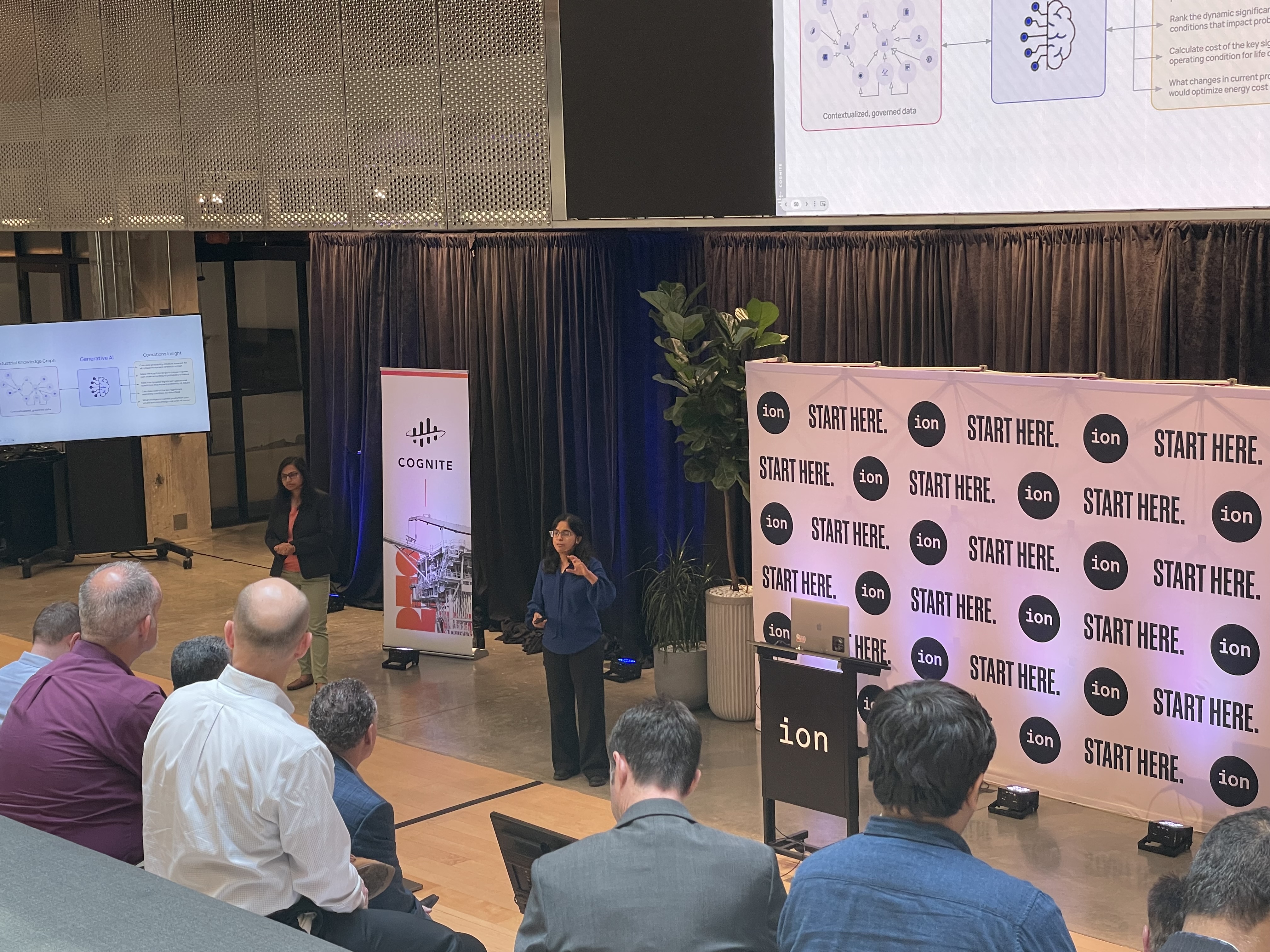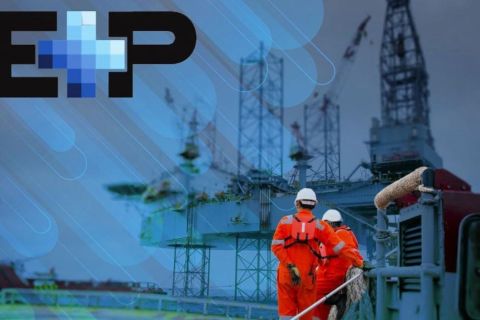
At Cognite’s Generative AI for Industry Summit, industry experts discussed AI and its applications in the oilfield. (Source: Shutterstock)
For every new technology advancement conjured up in service of the energy industry, a flood of new data follows — along with the need to better organize and manage it. The humble human brain? It may be too limited to keep track of all those terabytes of facts and figures.
But artificial intelligence (AI) could pick up the slack.
At Cognite’s Generative AI for Industry Summit on April 27, industry experts discussed AI and its applications in the oilfield. During the AI Copilot for Asset Performance Management and Beyondsession, Vibha Srinivasan, vice president of data science at Cognite, and Ishita Chakraborty, senior data scientist, revealed how Generative AI can be used for asset performance management and solve the talent shortage among operators. Generative AI can create different content such as images, videos, text, 3D models and other representations.
The panel zoomed in on oil and gas reserves and the machines used to develop them in the field. The three pillars of managing their performance are operations, maintenance and reliability. Operations improves field utilization efficiency; maintenance increases field labor productivity; and reliability reduces risks in the field.

According to Srinivasan, there are two keys to having a successful asset performance management strategy: ready access to all industrial data sources and the ability to continuously enrich the pool of data. The two go hand-in-hand, as easy access to all information is able to flow back into the industrial knowledge plan and develop new insights about a project. The insights also help strengthen the AI used in and around the field.
Generative AI creates content based on the data its been fed and the things that it’s learned, Srinivasan said. “You can take your input, which is like human language, and translate it into a query which can now do the correct navigation, and therefore the outputs you get are going be grounded in your actual data.”
Digitizing and visualizing the data allows people to move away from paper-based processes and spreadsheets and allows the data to be synthesized easily and generate data driven insights. AI can use these insights to create recommendation models with actionable advice, which can be delivered to the right person.
“Generative AI democratizes the ease through which many different persons can interact with the contextualized data you have,” Chakraborty said. “Not only the data, the associated calculations, the reliability, insights, everything, which can be used to improve manual workflows.”
Today, fewer people are working in the energy industry, but AI can be the tool that keeps the industry alive and pushes the industry forward. With artificial intelligence handling the heavy lifting when it comes to gathering and understanding data, entry into the industry will become noticeably easier. The various innovative solutions from AI could also be enticing to a younger generation and cause them to take an interest in the field. Artificial intelligence also makes the industry safer and cheaper.
Condition-based maintenance, which is another function of AI, allows this.
“With condition based monitoring, you have the optimal cost where you continuously monitor the state of your equipment. That's why having all the data in one place, contextualizing and talking to your data is important,” Chakraborty said.
Condition-based maintenance allows those working in the field to work a little less, as AI handles things for them. A variety of equipment, whether they be pressure sensors or temperature sensors, are constantly monitoring whatever machines are being operated.
“The integration of generative AI with the selected systems triggers automatic actions between machines. When something goes wrong, engineers are simply able to ask the AI, which will then spit out both the cause and the solution to the issue.”
AI is the future, Srinivasan said, especially when it comes to asset performance management, and it can lead to “a safer and a reliable future with our assets.”
Recommended Reading
E&P Highlights: Jan. 29, 2024
2024-01-29 - Here’s a roundup of the latest E&P headlines, including activity at the Ichthys Field offshore Australia and new contract awards.
E&P Highlights: April 1, 2024
2024-04-01 - Here’s a roundup of the latest E&P headlines, including new contract awards.
Deepwater Roundup 2024: Offshore Africa
2024-04-02 - Offshore Africa, new projects are progressing, with a number of high-reserve offshore developments being planned in countries not typically known for deepwater activity, such as Phase 2 of the Baleine project on the Ivory Coast.
Sangomar FPSO Arrives Offshore Senegal
2024-02-13 - Woodside’s Sangomar Field on track to start production in mid-2024.
E&P Highlights: Feb. 5, 2024
2024-02-05 - Here’s a roundup of the latest E&P headlines, including an update on Enauta’s Atlanta Phase 1 project.






